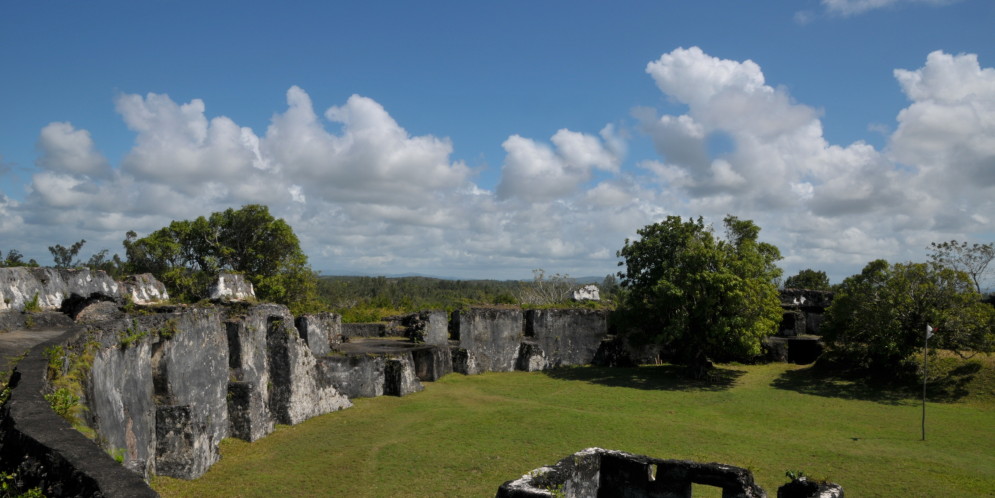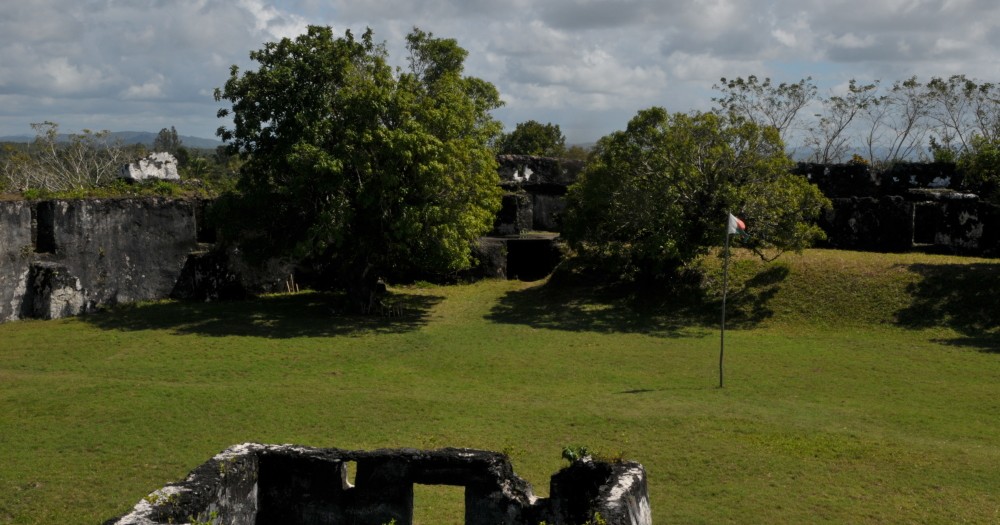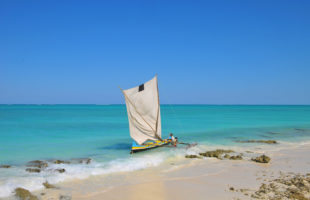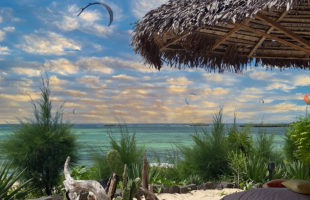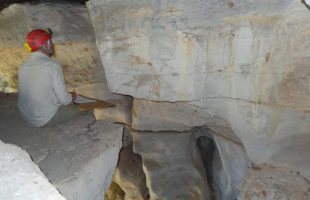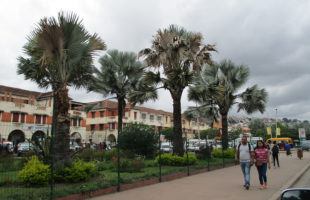The ruin of Fort Manda is about three kilometres northeast of the coastal town of Mahavelona (Foulpointe) and can be easily reached by foot from there. Directly from the end of the town it is only half as far. A visit should take at least half a day, the entrance fee is about 3000 Ariary. Fidel, the guide and guardian of the fort, likes to guide travellers through the old walls for a small fee and tells them about the eventful history of the ruin. “By the way, “Manda” is simply the Malagasy word for fortress, so the term “Fort Manda” is actually wrong, but has become established.
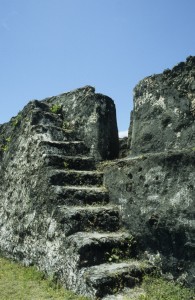
Fort Manda was built at the beginning of the 19th century under King Radama I., after he had conquered the east coast with his followers from the Merina tribe. The construction took eight years. The fort served as the residence of Governor Rafaralahy, who commanded the Royal Army. In the middle of the Manda there were barracks, officers’ houses, an arsenal and a prison. About 25,000 soldiers are said to have been permanently stationed there. Manda was one of five fortresses built by the Merina to defend themselves against foreign invaders along Madagascar’s east coast, and is now the last of them.
Unfortunately, the Madagascans could not oppose the French occupying power much, and so Fort Manda was plundered after its conquest in 1898. Afterwards it served as a shelter for locals, as a camp and refuge for pirates and thieves. In 1950 parts of the mighty fortress were even stolen to be used as building material for the later RN5. Below Fort Manda there is an underground escape route, which is now buried and no longer accessible. Legend has it that when the French arrived, not a single merina could be found within the mandas – they all escaped through the secret passage. It is more likely that above all important citizens and high-ranking soldiers were able to save themselves at that time.
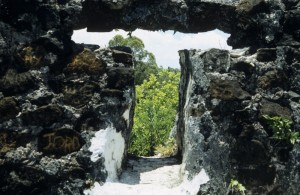
King Radama I. had his fortresses built as a circular symbol of harmony, the diameter of Fort Manda is about 70 m. The walls are up to eight meters high and in some places six meters thick. They were once formed by hand from corals, sand and eggshells. The protein of over 150,000 eggs is said to have been used as cement by the locals. At regular intervals, loopholes were inserted into the walls through which attackers could be targeted with the cannons received from the English. Some cannons bearing the royal insignia “GR” can still be seen today. In the remains of galleries, battlements and barracks walls you can now move freely and follow in the footsteps of the old Merina. From the highest points of the ruin you also have a great view of the Indian Ocean and Mahavelona.
 MADAMAGAZINE Your Magazine about Madagascar
MADAMAGAZINE Your Magazine about Madagascar
